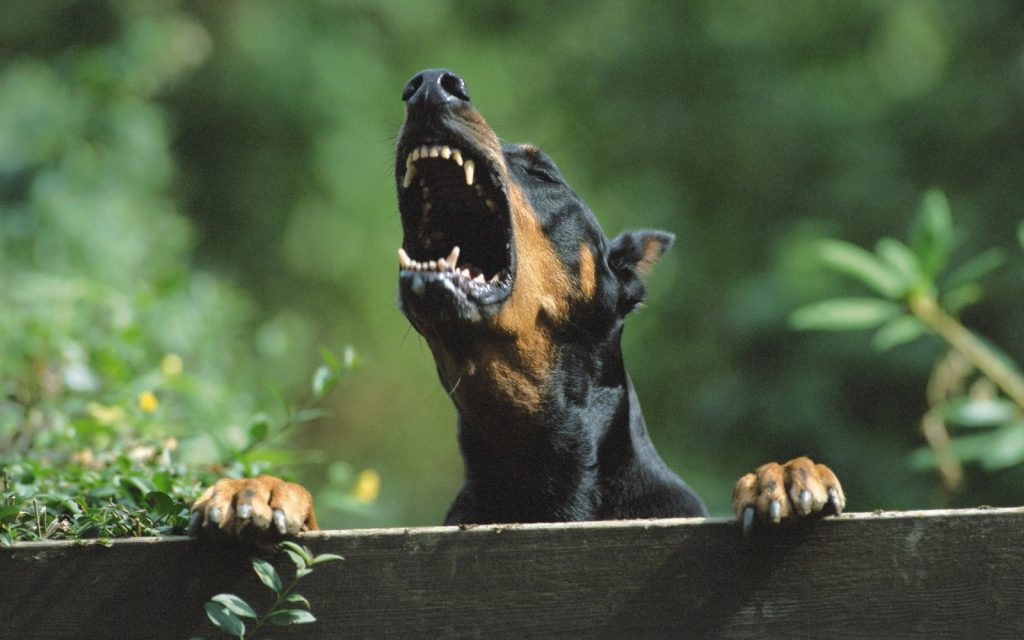
Doberman: A Comprehensive Guide
The Doberman, known for its sleek, powerful build and keen intelligence, is a breed that embodies both elegance and strength. This vigilant and energetic dog breed is renowned for its bravery, making it an excellent guard dog and loyal family companion. With a blend of determination and affection, the Doberman is a versatile and devoted pet.
History of the Doberman
The history of the Doberman dog breed dates back to the late 19th century in Germany. Karl Friedrich Louis Dobermann, a tax collector and night watchman, developed the breed to serve as a protective dog during his rounds. By crossing several breeds, including the Rottweiler, German Pinscher, and Black and Tan Terrier, Dobermann aimed to create a dog with the ideal balance of strength, loyalty, and intelligence.

The breed quickly gained popularity for its protective nature and was used extensively in police and military roles. The Doberman was recognized by the American Kennel Club (AKC) in 1908, and since then, it has become a favored breed among dog enthusiasts worldwide.
Physical Characteristics of the Doberman
Dobermans are medium-to-large dogs with a strong, muscular build and an elegant, streamlined appearance. Males typically stand between 26 to 28 inches at the shoulder and weigh between 75 to 100 pounds, while females are slightly smaller, standing 24 to 26 inches tall and weighing between 60 to 90 pounds.
One of the most distinctive Doberman characteristics is their sleek, short coat, which can be black, blue, red, or fawn, often with rust-colored markings. They have a wedge-shaped head, a long neck, and a deep chest. Their ears are usually cropped to stand erect, and their tails are typically docked, contributing to their alert and formidable look.
Temperament and Personality
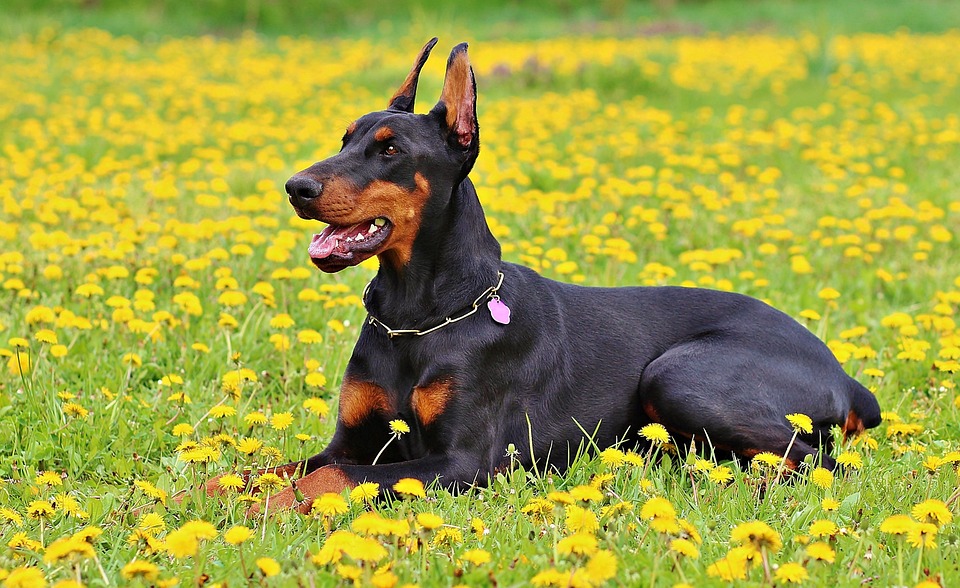
The Doberman temperament is a mix of bravery, vigilance, and affection. These dogs are known for their loyalty and protective nature, making them excellent guard dogs. They are also highly intelligent and energetic, requiring plenty of mental and physical stimulation.
Dobermans are affectionate and peaceful with their families, although they can be a bit suspicious of strangers. Early socialization and consistent training are crucial to ensure they grow into well-rounded adults. Despite their protective instincts, Dobermans can be gentle and loving, especially with children and other pets when properly introduced.
Health and Common Issues

Like all dog breeds, Dobermans are prone to certain health issues. Some of the most common Doberman health issues include:
- Dilated Cardiomyopathy (DCM): A heart condition that affects the heart muscle, leading to heart failure.
- Hip Dysplasia: A genetic condition that affects the hip joints, leading to arthritis and mobility issues.
- Von Willebrand’s Disease: A bleeding disorder caused by a deficiency in clotting factors.
- Hypothyroidism: A condition where the thyroid gland doesn’t produce enough hormones, leading to weight gain, lethargy, and skin problems.
- Wobbler Syndrome: A condition affecting the cervical spine, causing weakness and unsteady gait.
Regular veterinary check-ups, a balanced diet, and proper exercise are essential to keep Dobermans healthy and to manage potential health issues early on.
Care and Maintenance

Doberman care involves regular grooming, exercise, and mental stimulation. Their short coats are relatively low maintenance and require weekly brushing to remove loose hair and keep the coat shiny. Bathing should be done as needed, typically every few months.
Dental care is important, so brushing their teeth several times a week is recommended to prevent dental disease. Regular nail trimming and ear cleaning are also essential aspects of Doberman care to prevent infections and maintain overall hygiene.
Training Your Doberman

Training a Doberman requires consistency, patience, and positive reinforcement techniques. Due to their intelligence and eagerness to please, Dobermans typically excel in obedience training and can learn a wide range of commands and tricks.
Early socialization and puppy training classes are highly recommended to ensure they develop good manners and confidence. Positive reinforcement methods, such as treats, praise, and playtime, are effective in training Dobermans. They respond well to a calm and patient approach, making the training process enjoyable for both the dog and the owner.
Exercise Needs

Dobermans have high exercise needs and require plenty of physical activity to stay happy and healthy. As an active and energetic breed, they thrive on activities that challenge their bodies and minds. Daily walks, runs, and play sessions are essential to burn off their energy.
Activities such as agility training, obedience exercises, and fetch are excellent ways to keep a Doberman engaged and physically fit. Without sufficient exercise, Dobermans can become bored and may develop behavioral issues such as chewing, digging, or excessive barking.
Doberman Puppies: What to Expect
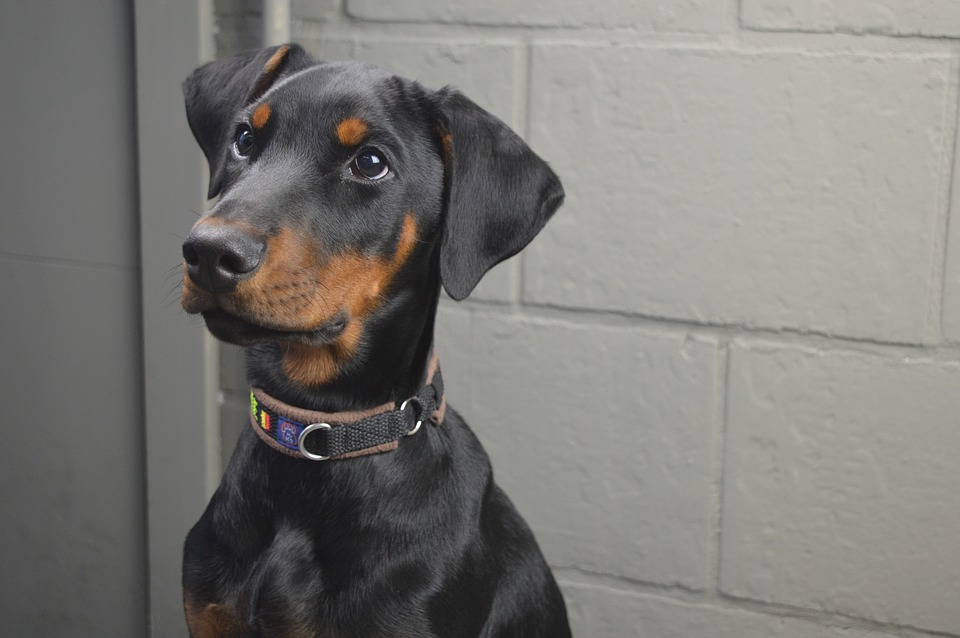
Bringing home a Doberman puppy is an exciting and rewarding experience. Doberman puppies are known for their playful and curious nature. It’s important to provide them with a safe and stimulating environment to explore and learn.
Early socialization is crucial, exposing them to different people, environments, and other animals to help them grow into well-adjusted adults. Puppy-proofing your home and providing plenty of chew toys can prevent destructive behavior during the teething phase.
Feeding Dobermans: Puppy, Adult, and Senior Diets
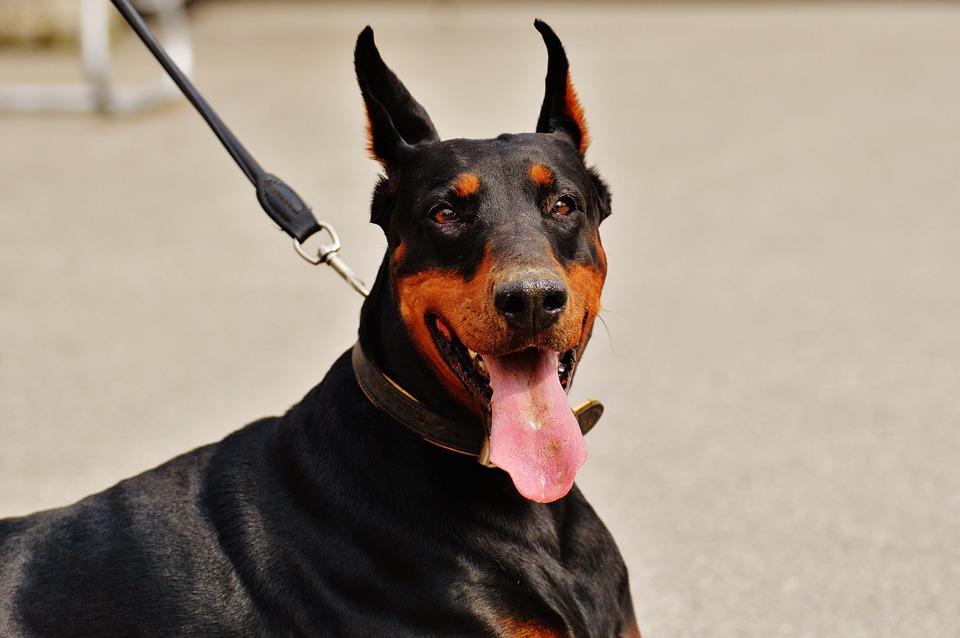
Proper nutrition is vital for the health and development of Dobermans at every stage of life.
- Puppies: Doberman puppies require a diet rich in protein and fat to support their rapid growth and energy needs. High-quality puppy food that meets their nutritional requirements is essential. Look for formulas with real meat as the first ingredient and avoid fillers like corn and soy.
- Adults: Adult Dobermans benefit from a balanced diet that provides the right amount of protein, fat, and carbohydrates. It’s important to monitor their weight and adjust their food intake based on their activity level to prevent obesity. High-quality dry kibble, supplemented with lean meats, vegetables, and grains, can ensure they get the nutrients they need.
- Seniors: Senior Dobermans may require a diet lower in calories but still rich in nutrients to support their aging bodies. Foods formulated for senior dogs often contain joint supplements like glucosamine and chondroitin to help maintain mobility. Additionally, easily digestible proteins and fibers can promote healthy digestion.
Behavior with Children and Other Dog Breeds

Dobermans can be excellent with children and make wonderful family pets when properly trained and socialized. Their protective nature makes them great guardians for the home, but it’s important to supervise interactions, especially with younger children, to ensure safety for both the dog and the child.
With other dogs, Dobermans can be sociable and enjoy companionship. However, their dominant nature may cause conflicts, particularly with other large or dominant breeds. Early socialization and training can help manage these instincts and promote harmonious relationships with other animals.
Ideal Environment for Their Development
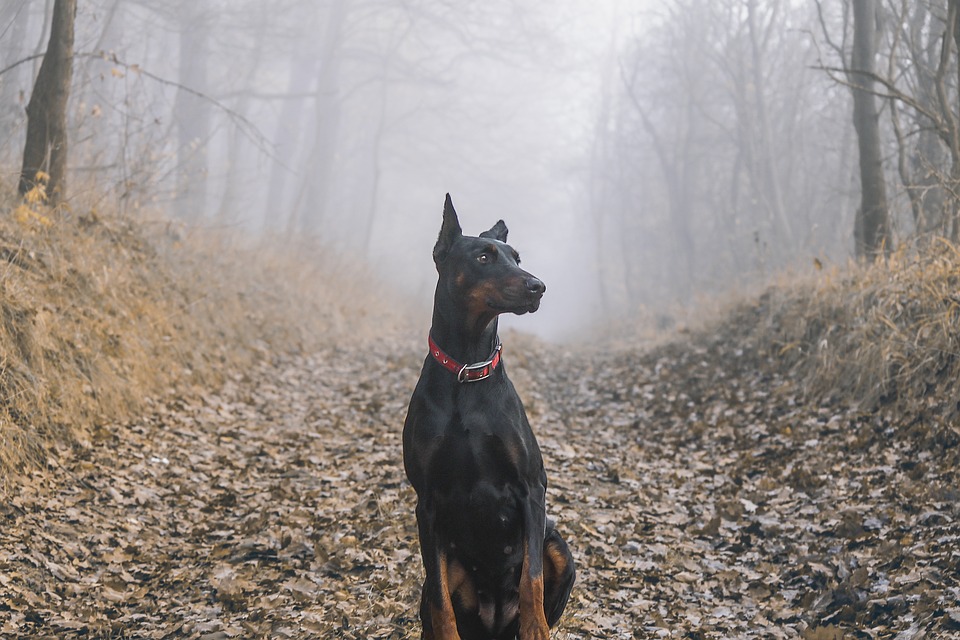
Dobermans thrive in environments where they can get plenty of exercise and mental stimulation. They are best suited for homes with large, fenced yards where they can run and play freely. Apartment living can be challenging for this breed unless the owner is committed to providing ample daily exercise.
Dobermans do not do well when left alone for long periods as they can develop separation anxiety. They thrive in households where someone is often home or where they can be included in family activities. A stimulating and active environment is key to keeping a Doberman happy and healthy.
By understanding the unique characteristics, needs, and care requirements of the Doberman dog breed, potential owners can provide the best possible life for these brave and vigilant dogs. Integrating personal experiences and thorough research ensures that the Doberman remains a cherished and well-cared-for companion.
